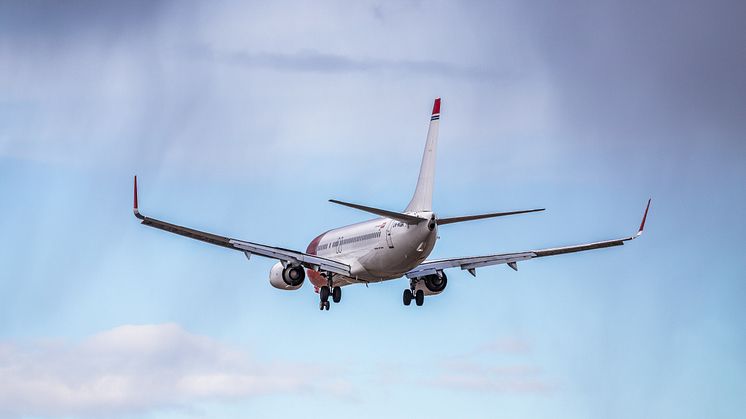COVID-19 heavily influences Norwegian’s January traffic figures
Norwegian’s traffic figures for January are heavily influenced by lower demand caused by continued travel restrictions across Europe.

Norwegian’s traffic figures for January are heavily influenced by lower demand caused by continued travel restrictions across Europe.

Norwegian’s traffic figures for December are heavily influenced by lower demand caused by continued travel restrictions across Europe. However, Christmas bookings were positive.

Norwegian’s traffic figures for November are heavily influenced by lower demand caused by continued travel restrictions across Europe. Christmas bookings look promising.

Norwegian’s traffic figures for October are heavily influenced by lower demand caused by continued travel restrictions across Europe, with several new red zones.

Norwegian’s traffic figures for September are heavily influenced by lower demand caused by new and stricter travel restrictions across Europe.

Norwegian’s traffic figures for August are heavily influenced by the COVID-19 outbreak and the subsequent travel restrictions and drop in demand. In August, capacity was 94% lower than last year, while the flights that were operated had a load factor of 62.1%.

The global outbreak of COVID-19 that took hold across the aviation industry throughout March has heavily influenced Norwegian´s traffic figures. The company experienced a dramatic drop in demand following government-imposed travel restrictions and a general travel decline.
Norwegian’s traffic figures for February show that the company continues to deliver on its strategy of moving from growth to profitability, with significant improvements in unit revenue and a better punctuality. Due to the COVID-19 virus Norwegian currently experiences reduced demand on some routes and have decided to cancel 22 flights between Europe and the U.S.

Norwegian’s traffic figures for January show that the company continues to deliver on its strategy of moving from growth to profitability with significant improvement in unit revenue, load factor and record high punctuality.

Norwegian’s traffic figures for 2019 show that the company is delivering on its strategy of moving from growth to profitability. The planned capacity reduction and optimisation of the route network have had a positive impact on the figures. More than 36 million passengers chose to travel with Norwegian in 2019.

Norwegian’s traffic figures for November shows an increased unit revenue for the eighth consecutive month and was up 18 percent compared to the same month previous year. At the same time, the capacity was reduced, which is in line with the company’s strategy. The load factor was 83 percent, up by 4.2 percentage points.

Norwegian’s traffic figures for October shows an increased unit revenue for the seventh consecutive month and was up six percent compared to the same month previous year. The load factor was up by more than two percent.